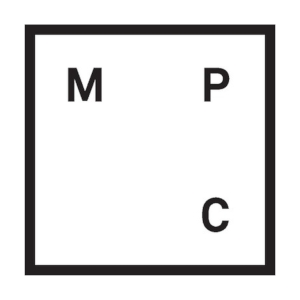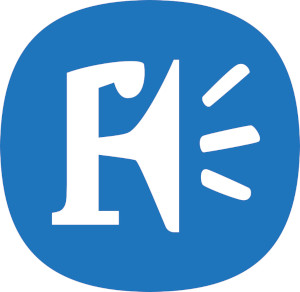Hello! I'm Ben, and I am a developer with experience in
film VFX and integrated advertising studios.
I'm currently working at
Absolute Post
as a senior pipeline developer. This means that I design, build and support tools, workflows
and systems to facilitate the flow of data through the projects that we take on as a studio.
Have a read about some of the places I've worked at/projects I've worked on
below and please get in touch if
you have any questions!
I have been working at
Absolute Post
since November 2022 as a senior pipeline developer. In this role I'm responsible for working with
the engineering team, the artists and the other developers to plan and deliver improvements to
the studio pipeline as we grow and scale.
In particular I've been interested in improving the developer workflow by developing ticketing,
logging and testing systems.

I worked at
Saddington Baynes
August 2019 to October 2022 as a senior pipeline developer. The studio worked on a range of advertising
and automotive content, and I built an asset management system for wrangling complex car configurator projects.
This system represented a car as lots of small parts, with dependencies linking them together into a whole.
Each small part of the car could be worked on in isolation before assembly in a final render. Overall this
allowed us to really tighten the feedback loop between an artist editing a part of the car and seeing that
change in final renders.

I worked at MPC
November 2018 to August 2019 as a software developer for the animation department. This role consisted of
liaising with animators to develop tools to solve production challenges, the core software teams to suggest
changes and improvements.
I supported the production of Maleficent 2: Mistress Of Evil and had the opportunity to develop tools
to transfer facial capture data from rigging into the animation pipeline, add dynamic secondary motion
to animated transform hierarchies, bake complex character animation intelligently and verify the
integrity of scene contents before passing downstream.

I worked at
Framestore
from July 2017 to November 2018 as an Assistant Technical Director, in the film department. This role consisted of working with the
supervision team to troubleshoot any technical issues as they arose, and to develop tools to improve the artist
workflow more generally.
While at Framestore I had the opportunity to support the production of Paddington 2, Christopher Robin and Detective Pikachu.
In addition to this I worked on a range of different tools, in particular one to improve the backplate workflow in the animation
department.

I graduated from the National Center For Computer Animation at Bournemouth University in 2017, with a first class honours in computer visualisation and animation. I worked on a range of different projects while I was studying:

Markov Model Music Visualiser
I wrote a music visualiser using OpenGL and SDL that tries to visualise the features of a song more broadly than the current frequencies by representing groups of notes as states in a markov chain.
52nd West
My final-major project at Bournemouth University, I created an experimental narrative game with William Stocks using unreal engine 4.
The Pterodactyl Joust
I produced small aerial combat game in unreal engine 4 with 4 other NCCA students. This was before unreal engine supported cloth simulation, so I had to develop some custom tools to get ncloth simulation baked down to joint animation.


